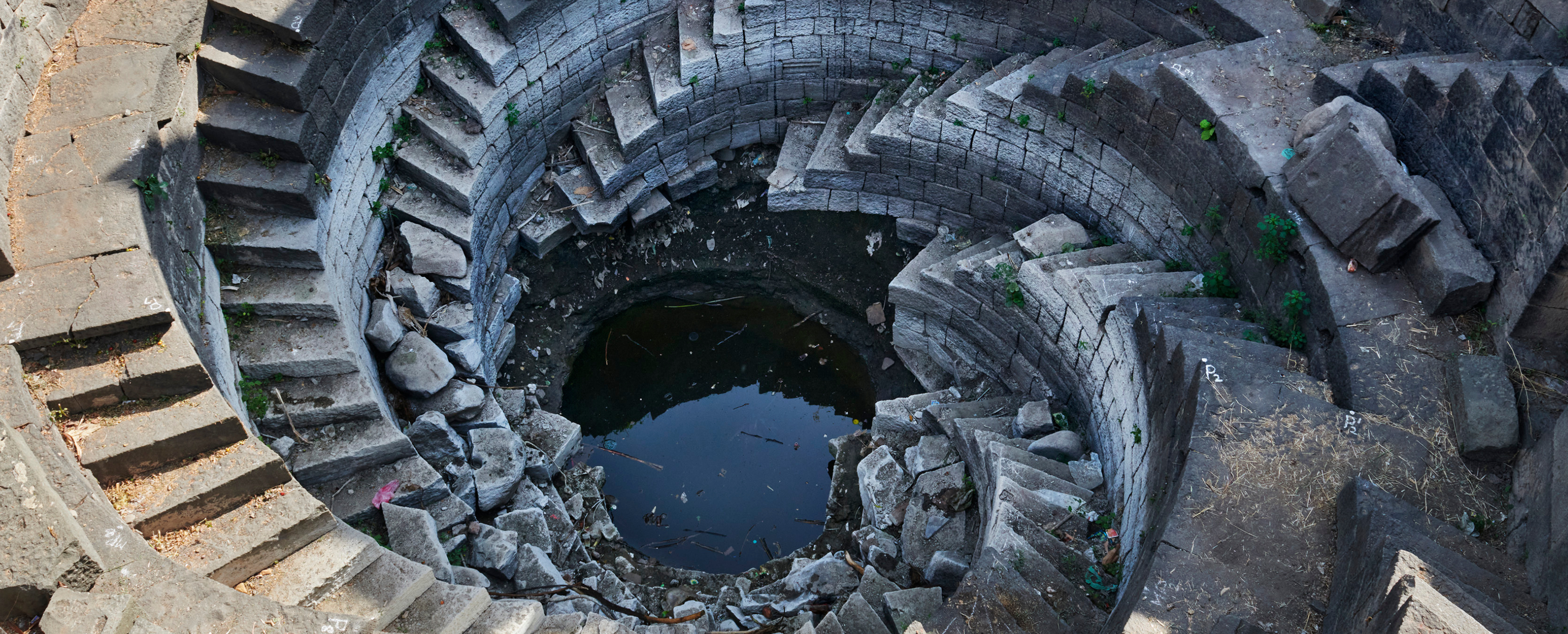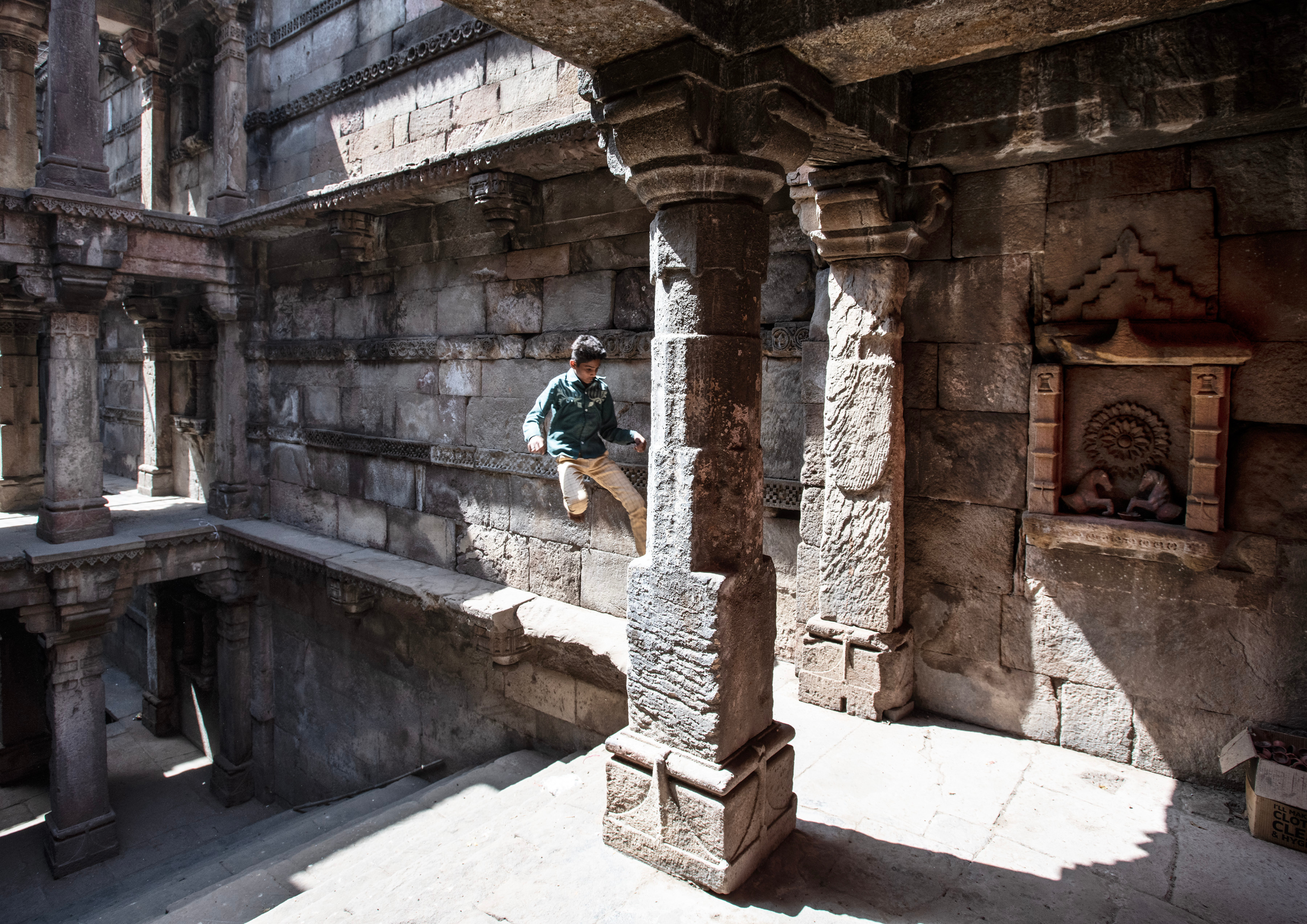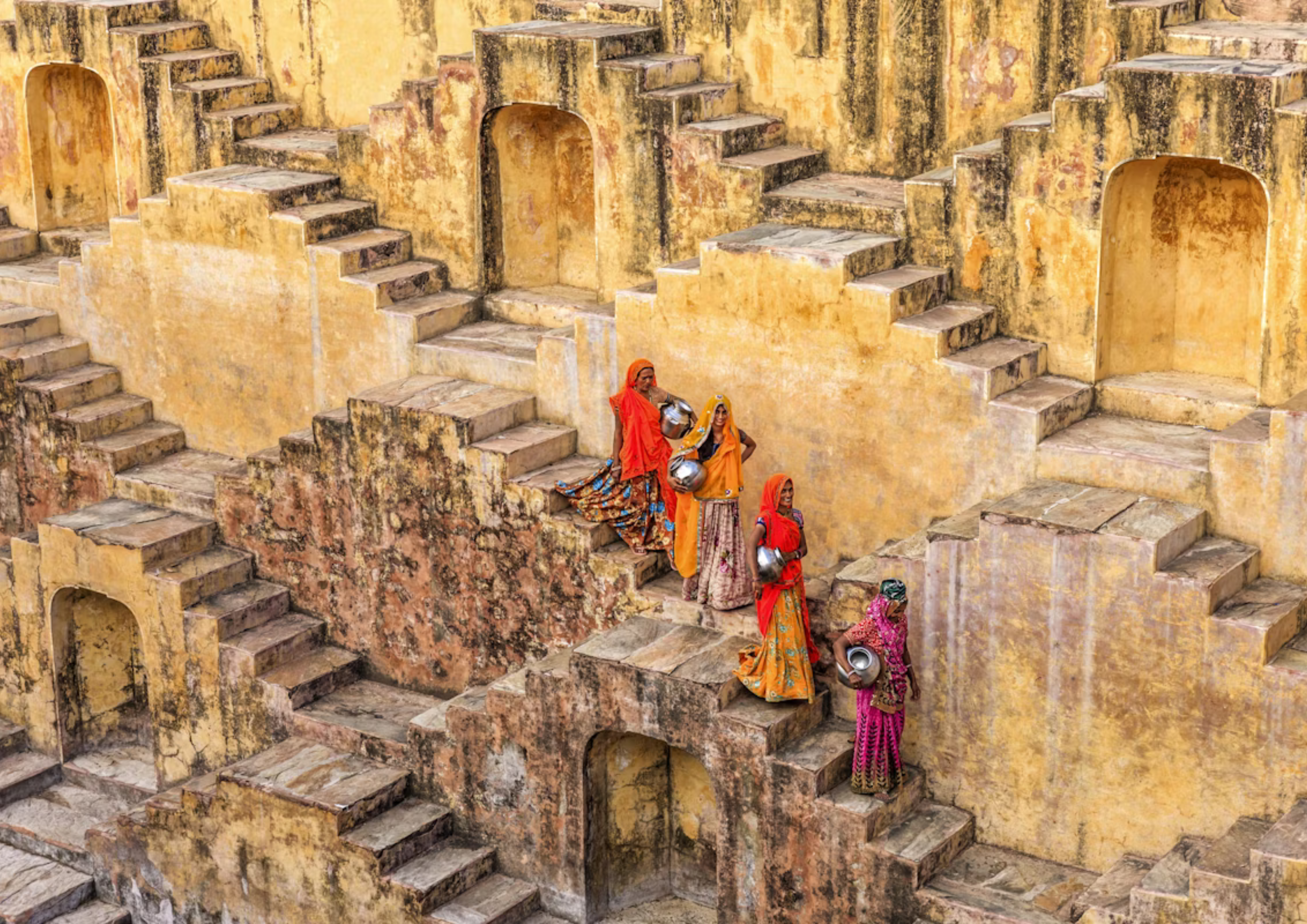The Stepwells of India: Architectural and Historical Wonders
India's Stepwells: Wonders of Architecture and History
India is full of wonders that can be admired by looking up… but sometimes, the most mesmerizing ones are those discovered by looking down.
Among them, stepwells, known as baolis and vavs in different regions, are architectural masterpieces that tell a centuries-old story, where water becomes sacred and architecture serves as a cradle of beauty.
At first glance, they are almost invisible, hidden beneath the surface of the ground. Then, upon closer approach, an endless staircase reveals itself, leading into the depths of the earth. Step by step, one plunges into a hypnotic space where time seems suspended, and light plays with the shadows sculpted in stone.
An Ancient Legacy of Engineering and Spirituality
Built between the 6th and 19th centuries, these structures primarily served to capture and store water during dry seasons in a country where the monsoon is both vital and unpredictable. However, more than just reservoirs, stepwells were also places of life, gathering, and spirituality.
In some regions, they served as temples, adorned with intricate carvings depicting Hindu deities. In others, they were passageways where travelers and merchants found refuge in the shade of the columns. Women gathered there to draw water, converse, and build social connections. Every staircase, landing, and alcove tells a story of transmission and craftsmanship.
© Bartosz Hadyniak
Diving into the Past to Inspire the Present
Stepwells are an endless source of inspiration. Their perfect geometry, with repeating steps, arches, and columns, creates a fascinating play of symmetry. The patterns carved into the stone, sometimes floral, sometimes abstract, resemble those found in traditional Indian textiles.
Today, some of these stepwells have been restored and have become major heritage sites, such as the famous Chand Baori in Rajasthan or Rani ki Vav in Gujarat, which is a UNESCO World Heritage site. Others, more discreet, continue to exist in silence, guardians of a rich past and an ancestral way of life.
These places remind us that architecture is more than just a backdrop. It is a living witness to traditions and craftsmanship that have stood the test of time.
Chand Baori, Rajasthan - © Claudio Cambon
Rani ki Vav, Gujarat - © Pinterest
An Author and Photographer’s Perspective: Claudio Cambon
To capture and narrate these fascinating places, photographer and author Claudio Cambon has dedicated an exceptional book to these architectural treasures. "To Reach the Source – The Stepwells of India" takes us deep into the world of stepwells, revealing their timeless beauty through a unique perspective and striking photographs.
The book is available in-store and for order. For more information or to place an order, contact us at: commercial.jamini@gmail.com




.png)
.png)
.png)